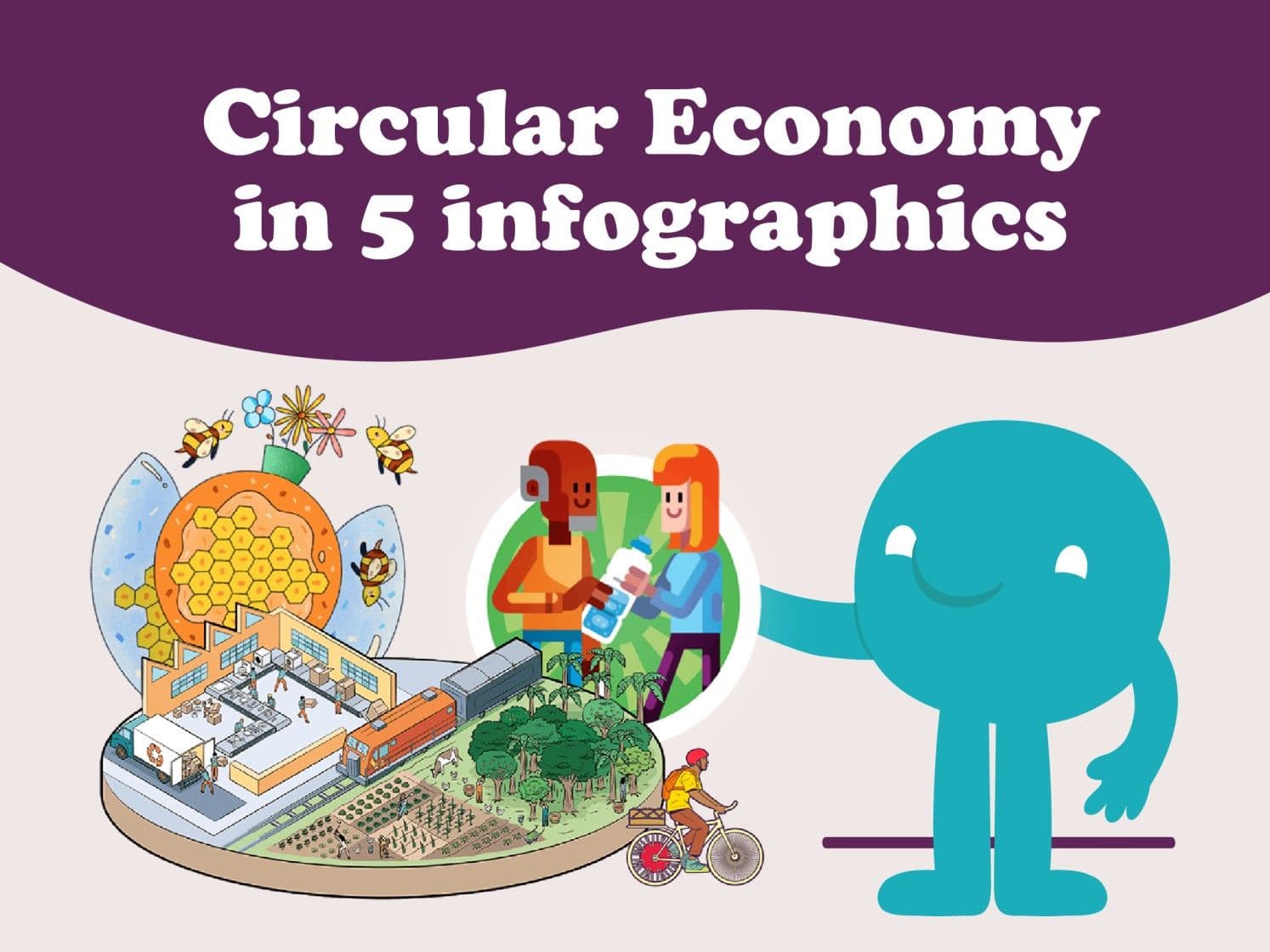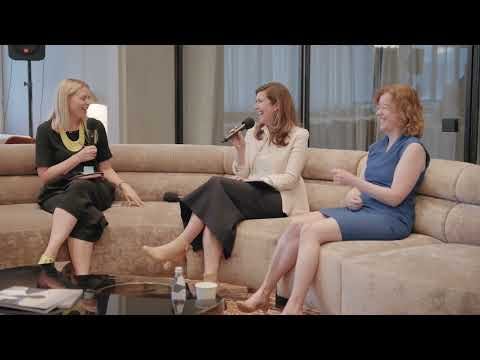
12/04/2024
Nº5: The cities of the future
Imagine a city where every action, every choice, and every waste turns into a new opportunity - where everything resonates like a note in the symphony of circularity.
In the Circular Economy, this vision can become a reality. The course of cities can be rewritten through this model, which, among other things, inspires us on how to completely redefine urban operation, metamorphosing cities into vibrant and sustainable ecosystems.
In this new horizon, the reuse of organic waste can be a reality - for example, with composting generating natural fertilizers and biogas production for energy. Product design promotes circularity, facilitating disassembly and recycling, while business models encourage reuse.
Material recycling takes center stage, driving renewable energy and sustainable agricultural practices. Sharing emerges in the economy, optimizing resources, and supply chains become circular, reintegrating products into the production cycle through reverse logistics systems.
In urban areas, the Circular Economy materializes conceptions, paving the way for a future where circularity is the main guideline.
Now that you've learned about the cities of the future in the Circular Economy (No. 5: The cities of the future in the Circular Economy)...
...You're here
How about continuing the journey to the circular future? Click on the image and start understanding more about:
- How to apply the Circular Economy in urban life, redesigning the trajectory of cities to turn them into vibrant ecosystems;
- Applying the 7 Rs of the Circular Economy in urban areas;
- The importance of reverse logistics, product design, and sharing;
- The optimization of urban resources and its social impact and quality of life of people.
Keep circulating
No. 1 What is Circular Economy
No. 2 Food in the Circular Economy
No. 3 Plastic in the circular era
No. 4 Opportunities in a circular world
The Education section of the Circular Movement website has much more content that exemplifies, in an uncomplicated way, how circularity can change how you eat, dress, where you buy things, and how you consume, how you move through the city, and in what way you live within it. Access it!
About Circular Movement
Created in 2020, Circular Movement is a collaborative ecosystem committed to encouraging the transition from a linear to a circular economy. The idea that all resources can be reused and transformed is the motto of the Circular Economy, the basic concept of the movement. Circular Movement is an open initiative that promotes collaborative spaces with the aim of informing individuals and institutions that a waste-free future is possible through education and culture, the adoption of new behaviors, inclusion, and the development of new processes, products, and attitudes. The work is done in partnership with Dow, a chemical, plastics, and agricultural products company based in Michigan, USA. Circular Movement currently impacts 4 million people through its activations and content.
And you? Do you want to learn more about Circular Economy?
If you are interested in learning more about this topic, access Circular Academy, the first free Latin American course on Circular Economy aimed at the general public. Together, in partnership and collaboration, we can make a difference in building a more circular planet.


